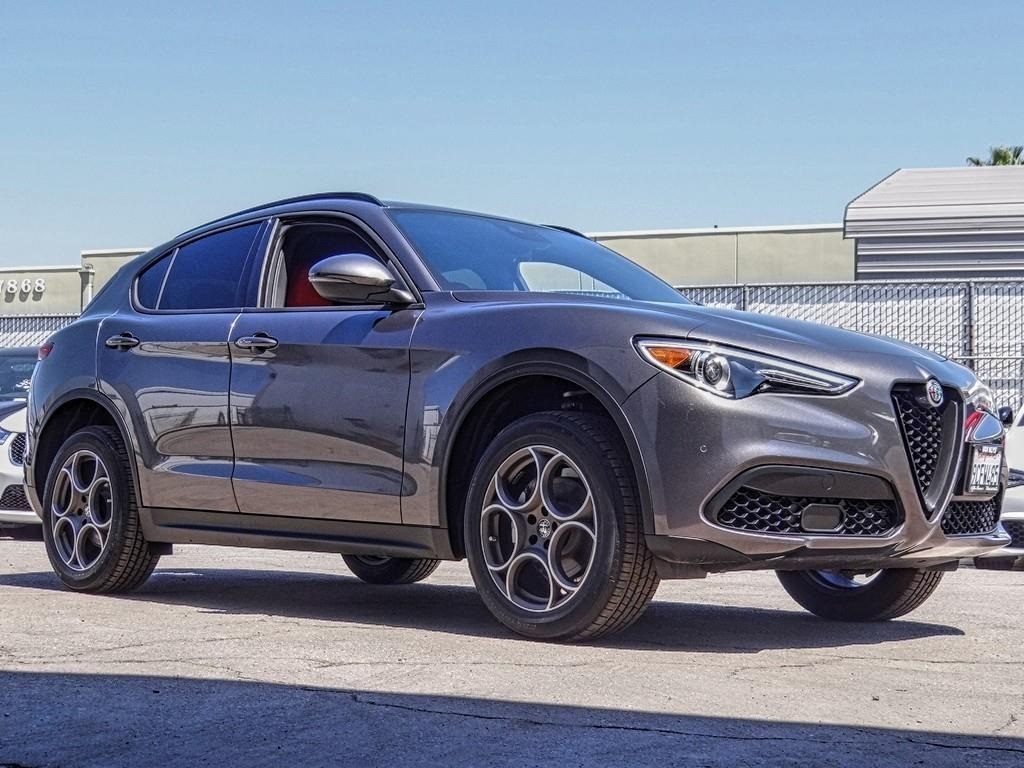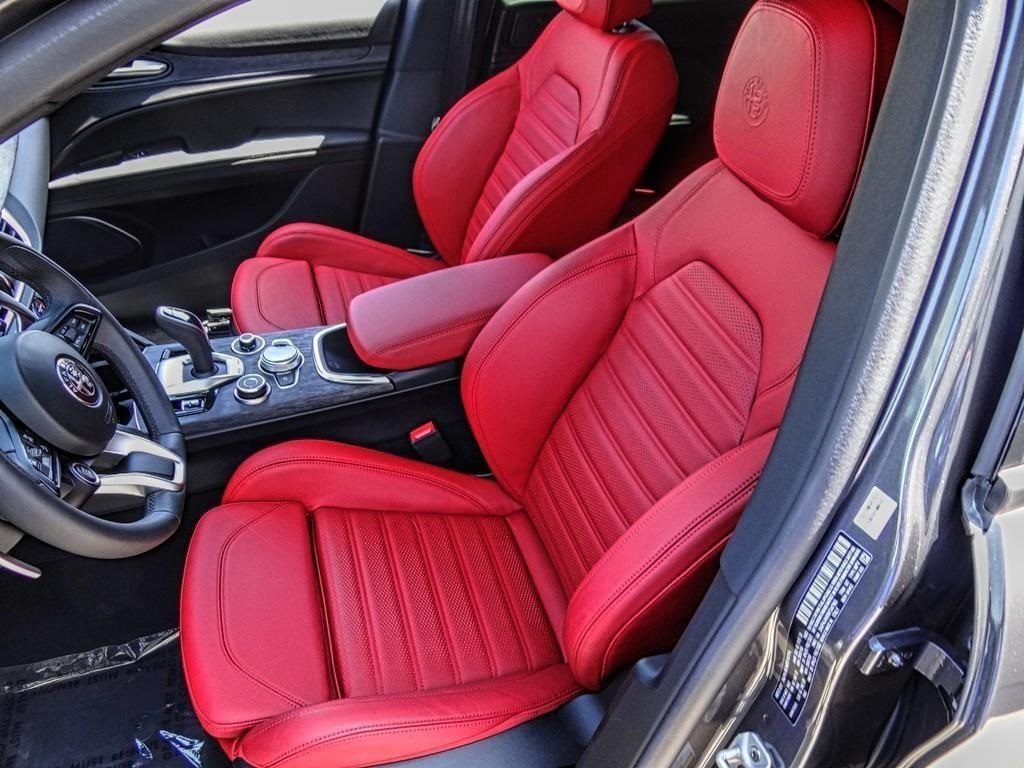Why Alfa Romeos Are Used Car Bargains
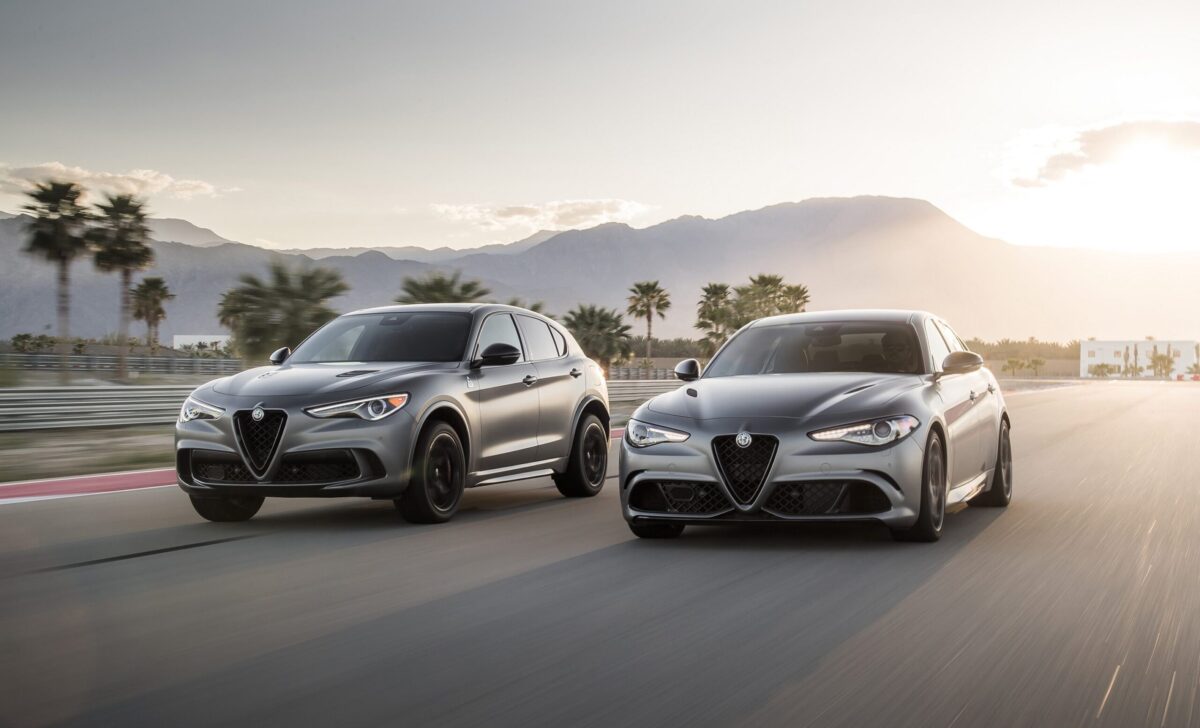
Contents
If you’ve been shopping for a used luxury car lately, you know one thing: they aren’t cheap. Used car prices have been up across the board since the pandemic. While they’ve fallen somewhat in recent months, they’re still near historical highs. And according to a recent CNBC article, they aren’t expected to return to pre-pandemic levels until 2028.
Thankfully, you don’t need to wait that long to find a used luxury car on the cheap. You just need to narrow your focus to one brand in particular: Alfa Romeo.
Alfa-phobia: Fear of Used Alfas
“Wait, you’re actually telling people to buy old Alfas?!” we hear you shouting back at us, presumably after a well-timed spit take. We get it. Buying a used Alfa is exactly what you’re NOT supposed to do. Ever. The Internet is full of horror stories of broken Alfas that spend more time at the repair shop than on the road.
But that’s precisely why used Alfa Romeos are so cheap. Buyers are afraid of them.
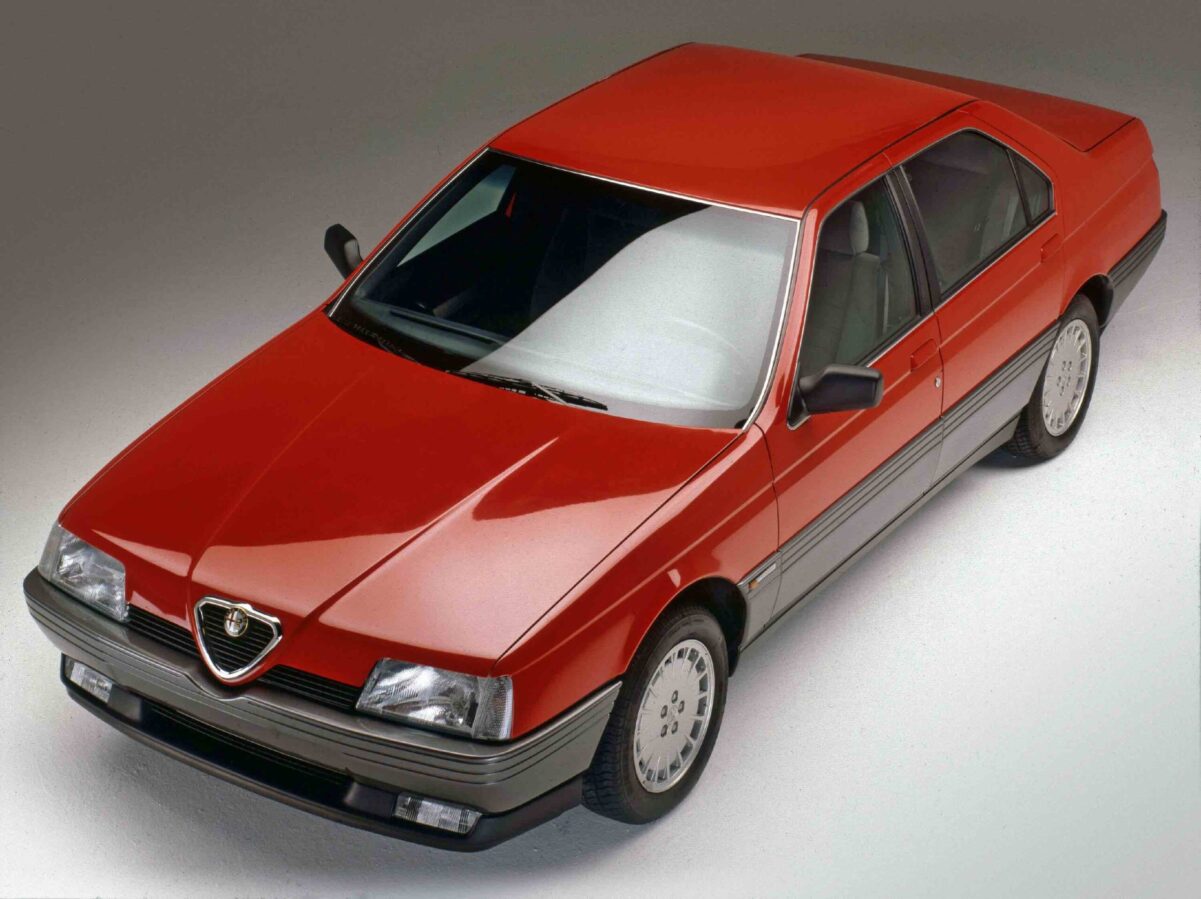
The thing is, there’s little reason to be. Fears of broken-down Alfas stem primarily from the fragile models of the automaker’s past. Back then, the brand was struggling, and the few cars it sent to America, such as the beautiful but ill-fated 164 (pictured above), never really found their footing. As a result, the automaker abandoned the U.S. market in 1995, leaving behind spotty dealership and parts coverage. That meant the cars they actually did sell here often languished in disrepair as they aged.
A Return to Form
The Alfa Romeo of today is a very different animal. The company has received significant infusions of cash and resources since the 2007 merger that created Fiat Chrysler Automobiles (FCA). Under the leadership of Sergio Marchionne, Alfa plotted a path back to the U.S., which it has navigated cautiously ever since.
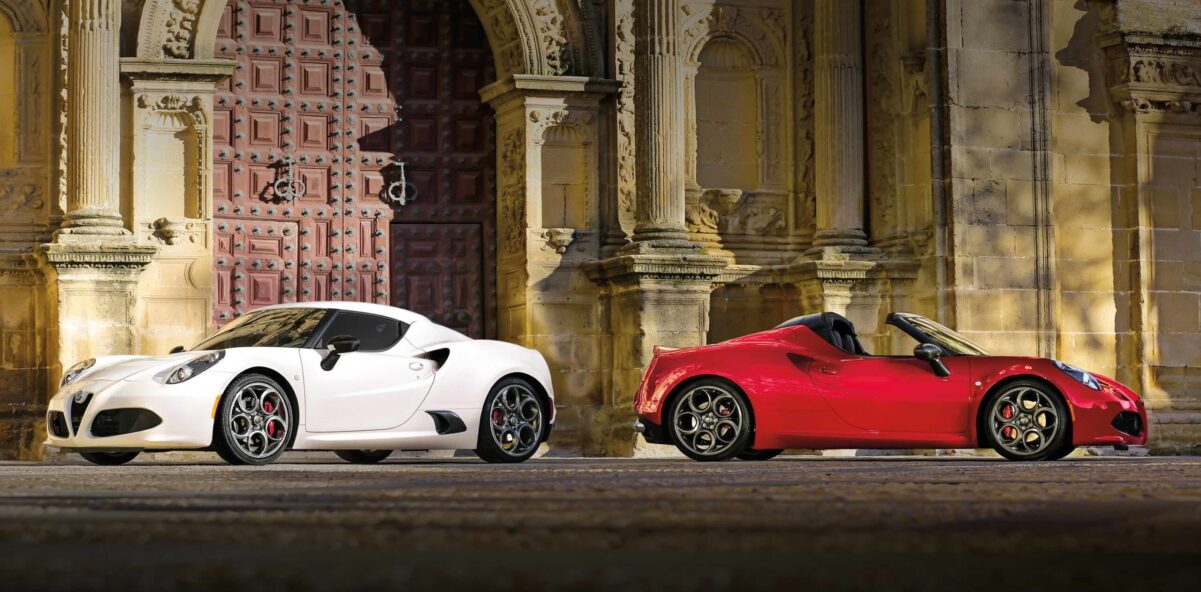
Alfa began its return with hardcore enthusiast models, including the limited production 8C supercar and the innovative 4C (pictured above), a mid-engined two-seater made primarily of carbon fiber. This gave the brand a foothold of aficionados to build from, plus a chance to rebuild its dealership network with the help of Chrysler, an authority in the market. It paved the way for bringing over more mainstream Alfas.
Debut of the Giulia and Stelvio
Bring them they did. Alfa made a big splash in 2015 with the introduction of the all-new Giulia sport sedan. Built to compete with the likes of the BMW 3 Series, the Giulia boasts a front-engine, rear-wheel-drive chassis with a near 50/50 weight balance and is the first four-door Alfa in decades not to be based on another automaker’s platform. Even the infotainment system is pure Alfa (for better or for worse).
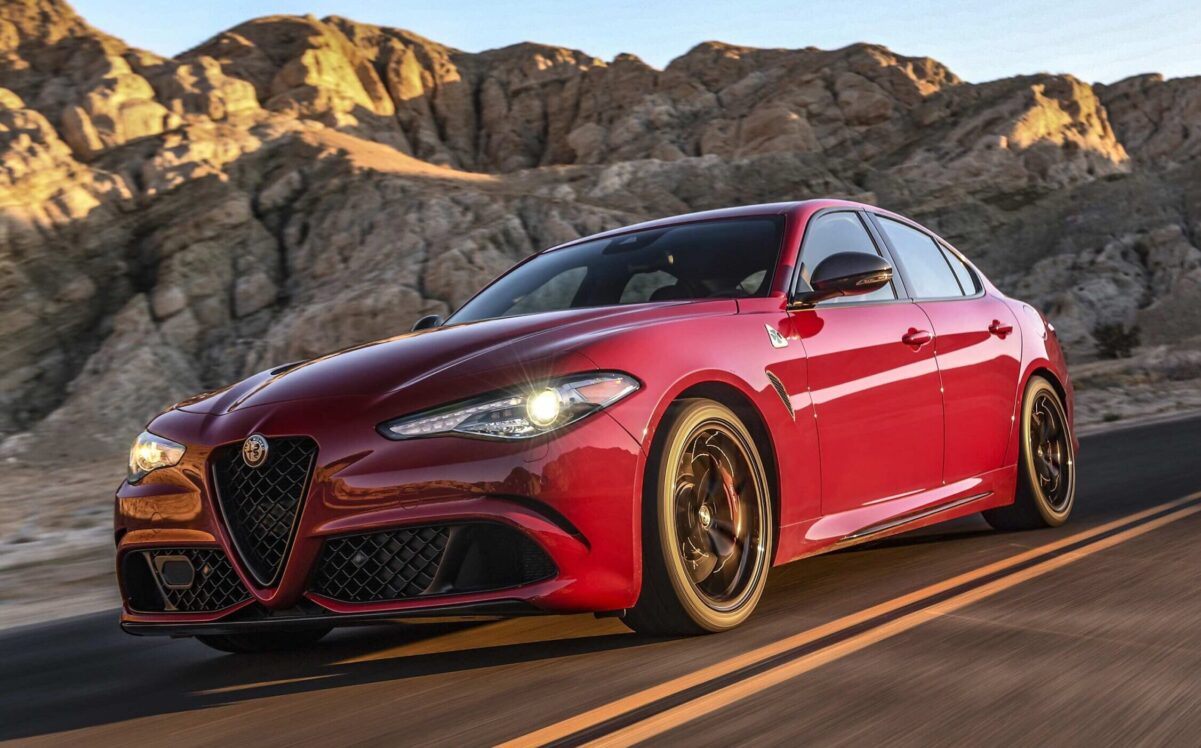
About the only thing the Giulia shares with another car is the 505-horsepower twin-turbo V6 found in the high-performance Quadrifoglio model (pictured above). It’s basically two-thirds of the V8 found in the Ferrari 488. If you must go to the parts bin, you might as well go to the best.
Rave Reviews But Slow Sales
The Giulia was a hit with auto reviewers when it arrived in U.S. showrooms for the 2017 model year. Even the base model was heaped with praise for its distinctive look, stylish cabin, and punchy 280-horsepower turbo four-cylinder engine. But handling was the real standout. In his first drive remarks for Car and Driver, Tony Quiroga said, “The Giulia steers with a precision and purity that BMW has retreated from and Audi and Mercedes-Benz have yet to figure out.”

Alfa Romeo followed up the Giulia with a compact SUV the next year. The Stelvio (pictured above), which is basically just a lifted Giulia wagon, earned similar kudos.
Despite the press’s warm reception, neither the Giulia nor the Stelvio has sold particularly well, however. The Giulia has yet to crack 10,000 units in annual U.S. sales. That’s less than a third of the volume that BMW garners yearly with its 3 Series, the Giulia’s designated benchmark. The Stelvio sells in similar numbers.
Where the Bargains Are
That leads us to the situation we have today. Slow sales are usually a recipe for good new car deals, but that hasn’t really been the case with either Alfa. Pandemic pricing and tight inventories have largely kept them free of manufacturer incentives. But it’s a different story on the used market.
In a recent nationwide search, we found almost 3,000 used Giulias and Stelvios on the market, including a glut of literally hundreds of leftover 2022 models, many with less than 100 miles on the clock. Despite being basically still new, they’re discounted around 30% on average from their original $50,000+ sticker prices. Here’s an Autotrader screenshot which includes some representative examples:

Meanwhile, used Giulia and Stelvio examples from 2021 and earlier (with more typical odometer readings) are even cheaper, selling for well under $30,000. That’s almost ten grand less than similar BMW 3 Series and X3 specimens, their main rivals. And by most accounts, the Alfas are the better-driving cars.
There’s a Catch, Right?
So what’s the catch? Well, we’re not seeing one. If you’re worried about Alfa Romeo reliability, you should be comforted by the fact that most used examples are certified pre-owned (CPO) cars, meaning that they come not only with their original factory warranty of four years or 50,000 miles (from the original in-service date) but also an additional CPO warranty, which extends coverage to five years or 100,000 miles.
If you’re still skeptical, we’d steer you to the stellar owner reviews of both the Giulia and the Stelvio on Edmunds. Unlike most consumer reviews these days, those on Edmunds aren’t limited to flowery first impressions. Many reviewers provide regular updates over years of ownership, documenting any major issues.
Diving in, we see that the Giulia’s owner reviews begin strong in the model’s inaugural year (2017) with an overall rating of 4.2 stars. They only climb from there to a high of 4.8 stars overall for both the 2021 and 2022 model years. The Stelvio, meanwhile, also rises from its first-year 4.3-star average to 4.6 stars for 2019 and 4.5 each for 2020 and 2021. Then, it falls back to 4.2 stars for 2022.
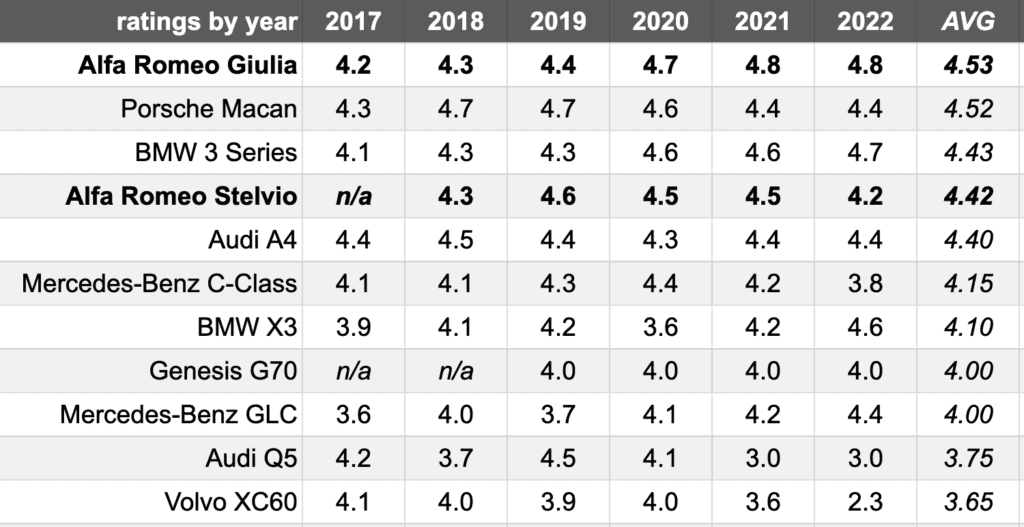
Compared to the competition (see table above), both Alfas rank at or near the top of their respective classes when it comes to owner reviews. If either model were heaps of trouble to own, there’s no way this would be true.
Which Used Alfa Should You Buy?
If you’re ready to pull the trigger on a used Alfa, we’d point you to 2020 and later models. Both the Giulia and the Stelvio underwent a minor refresh that year, introducing a much-improved touchscreen infotainment system and more available active safety features. Many of the latter, including forward collision mitigation, blind-spot warning, and adaptive cruise control, became standard equipment with the 2022 model year.
To keep prices reasonable, we suggest skipping the high-output Quadrifoglio models. Not only do they cost more upfront, but they also tend to have higher running costs thanks to their thirstier engines and multitude of specialty parts. Fortunately, you won’t be missing much. Even the base versions of the Giulia and the Stelvio deliver impressive performance.
If you want a bit of an edge without going full Quadrifoglio, you do have some choices. Look for 2021 or 2022 examples in Ti Sport or Veloce trim or, in earlier years, examples with the optional Ti Performance package. They offer some suspension and drivetrain upgrades that sharpen the handling. The improvement does come at the cost of some ride comfort, though.
For our money, we’ll take the 2022 Stelvio pictured above in Vesuvio Gray. It has the must-have five-hole Sport wheels, optional all-wheel drive, and, best of all, red leather sports seats. Even in base Sprint trim, it comes with a ton of standard equipment, including remote start, heated front seats, a heated steering wheel, parking sensors, a power liftgate, navigation, and Apple CarPlay and Android Auto. With a scant 47 miles on the odometer, it’s listed at $33,335. You could try to negotiate that down even more, but it’s already $16,170 below the original Monroney. That’s a bargain if we’ve ever seen one.
The Bottom Line
After years of inflated vehicle prices, it’s refreshing to find a proper used car bargain once again. The last big one came shortly after Dieselgate, when used Volkswagen TDI models were selling for pennies on the dollar. That situation is quite different from the current Alfa scenario, but one thing underlies them both: fear. With Dieselgate, it was fear that VW’s TDI models would get bricked and become worthless. With used Alfas, it’s that they’ll rack up a never-ending list of glitches and repairs. In both cases, though, these fears are based far more on speculation and conjecture than the facts.
Famed investor Warren Buffett once advised, “Be greedy when others are fearful.” That’s because fear is a powerful motivator. It can cause wild swings in market prices. But buyers who remain calm and rational during such times often come out ahead.
With that in mind, we say it’s time to be greedy. Buy a used Alfa. Heck, buy two.
Photos courtesy of Stellantis
